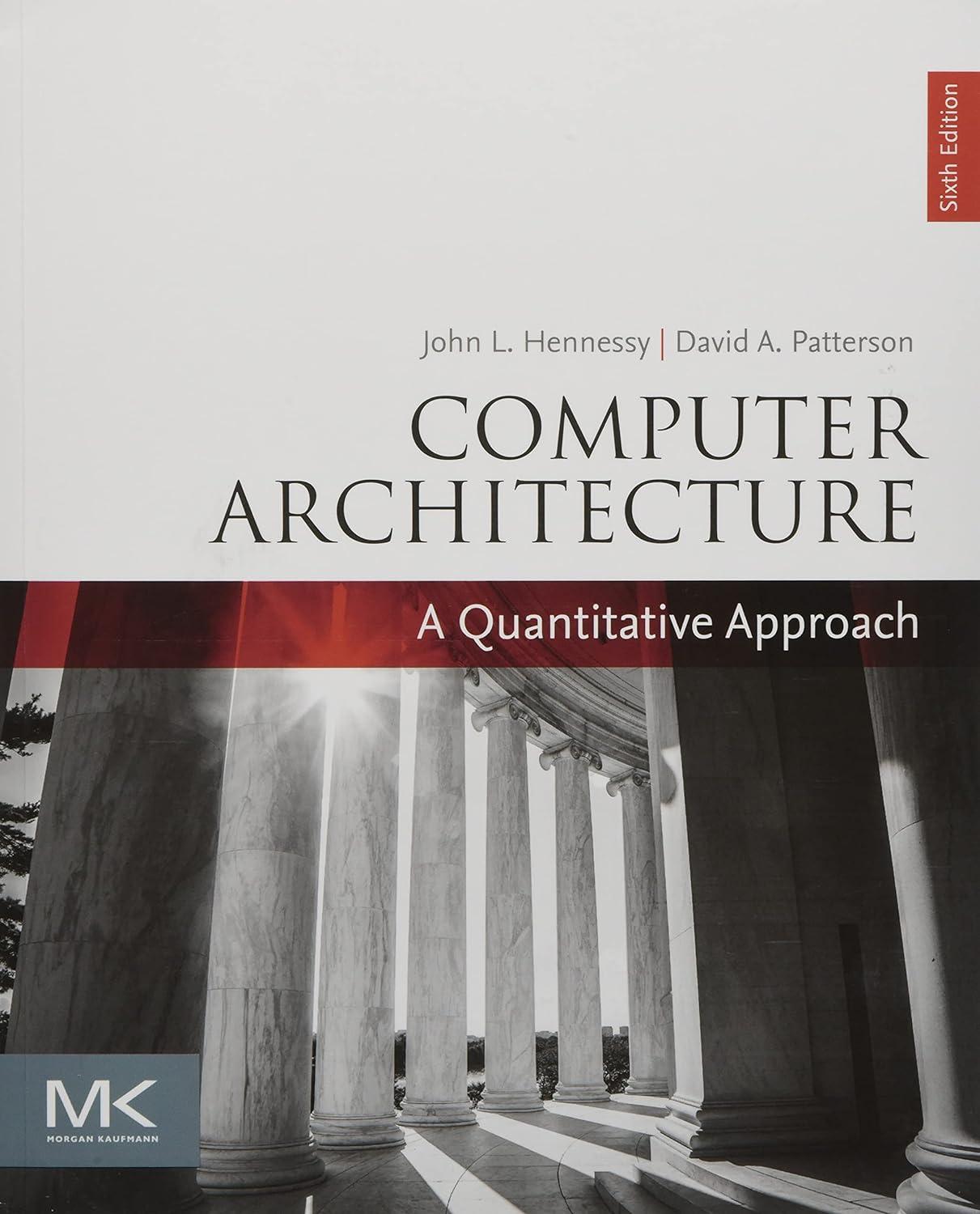When a cloud computing service provider receives jobs consisting of multiple Virtual Machines (VMs) (e.g., a MapReduce
Question:
When a cloud computing service provider receives jobs consisting of multiple Virtual Machines (VMs) (e.g., a MapReduce job), many scheduling options exist. The VMs can be scheduled in a round-robin manner to spread across all available processors and servers, or they can be consolidated to use as few processors as possible. Using these scheduling options, if a job with 24 VMs was submitted and 30 processors were available in the cloud (each able to run up to 3 VMs), round-robin would use 24 processors, while consolidated scheduling would use 8 processors. The scheduler can also find available processor cores at different scopes: socket, server, rack, and an array of racks.
a. Assuming that the submitted jobs are all computeheavy workloads, possibly with different memory bandwidth requirements, what are the pros and cons of round-robin versus consolidated scheduling in terms of power and cooling costs, performance, and reliability?
b. Assuming that the submitted jobs are all I/O-heavy workloads, what are the pros and cons of round-robin versus consolidated scheduling, at different scopes?
c. Assuming that the submitted jobs are network-heavy workloads, what are the pros and cons of round-robin versus consolidated scheduling, at different scopes?
Step by Step Answer:

Computer Architecture A Quantitative Approach
ISBN: 9780128119051
6th Edition
Authors: John L. Hennessy, David A. Patterson





